Nothing Beats Boxwood—And Here's Why
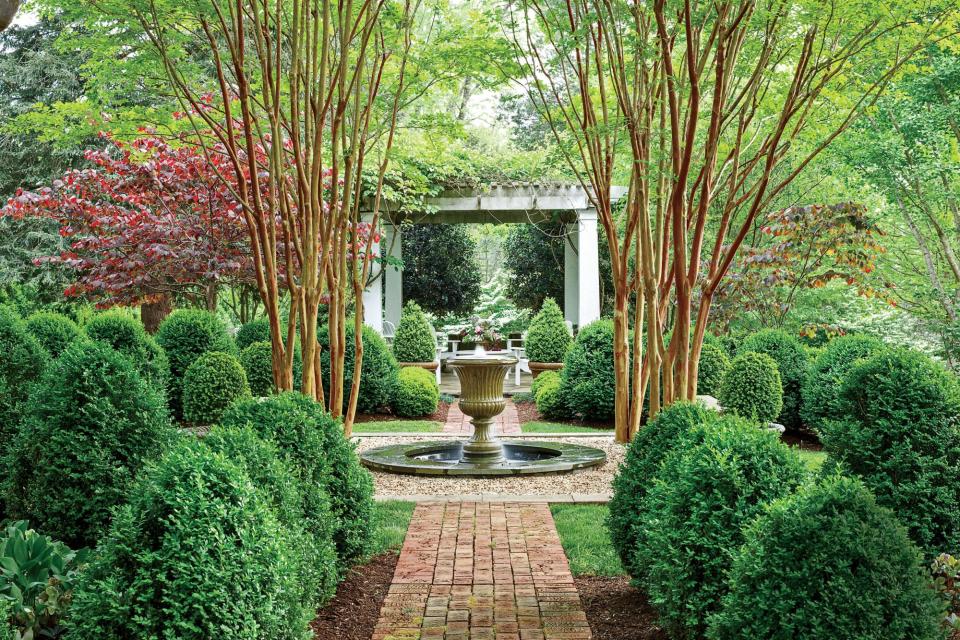
When and Where to Plant
"Everyone says fall is a better time because plants are going dormant, but that's not necessarily true with bigger evergreens," says landscape architect Marley Fields Slutz of Memphis. "If you have good irrigation, then you can plant boxwoods during the majority of the year." Avoid planting them in serious heat, and water about once a week for the first year, less in wet periods.
Where To Plant
Well-drained soil with lots of organic matter is best. Fertilizing is seldom necessary. Most boxwoods prefer some shade, but be sure to check your selection, as some handle sun better than others. To minimize bronzing of leaves in the winter, avoid spots that get a ton of afternoon sunlight from the southwest.
What's Blight All About?
While it's something to be aware of, don't let it scare you. Look out for black or dark brown streaks on the stems or rapid loss of leaves. Common boxwoods (Buxus sempervirens) like the English boxwood are more susceptible. More resistant kinds include the Japanese and Korean types—look for selections like 'Green Beauty' and 'Winter Gem.'
There's A Boxwood For Everyone
We polled some of the South's top landscape and garden designers to discover their favorites.
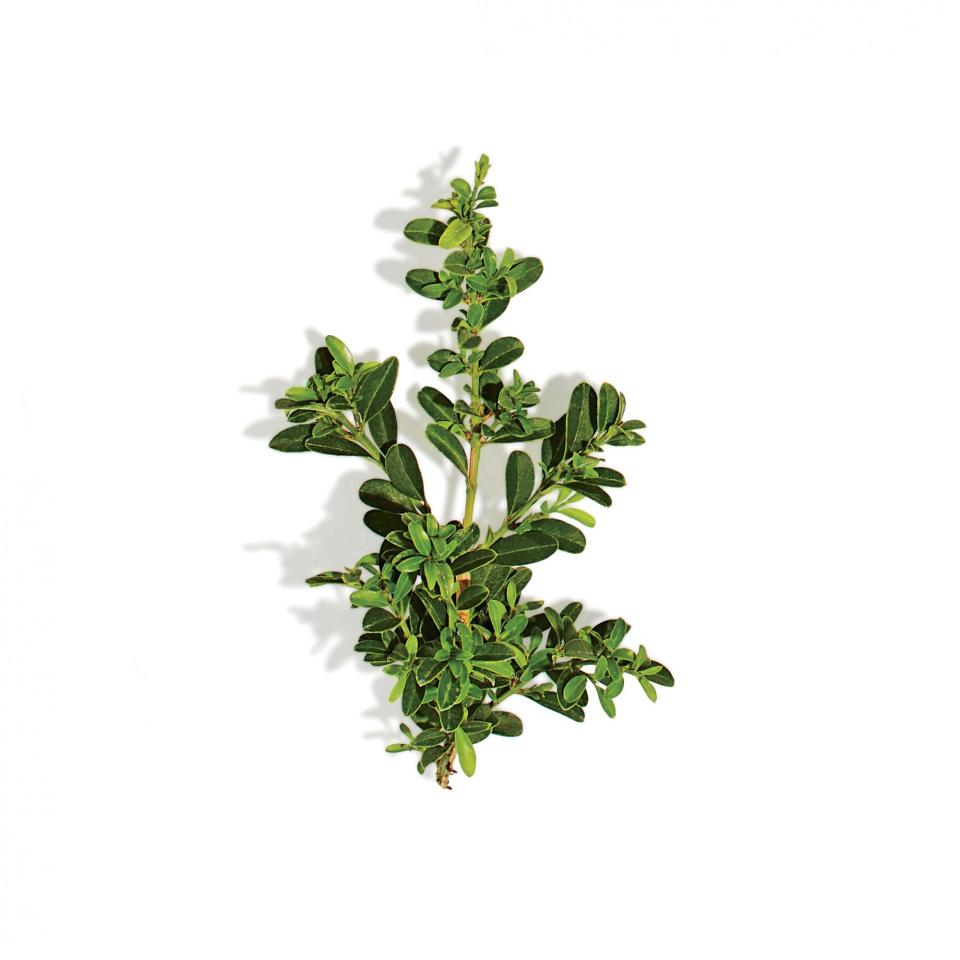
'Grace Hendrick Phillips' Boxwood
"With its extremely slow growth rate, 'Grace Hendrick Phillips' is perfect for short hedges or parterres and doesn't need constant clipping. It also has much smaller and narrower foliage, which contributes an interesting texture to a garden's design." —Joseph Hillenmeye of Lexington, Kentucky; josephhillenmeyer.com
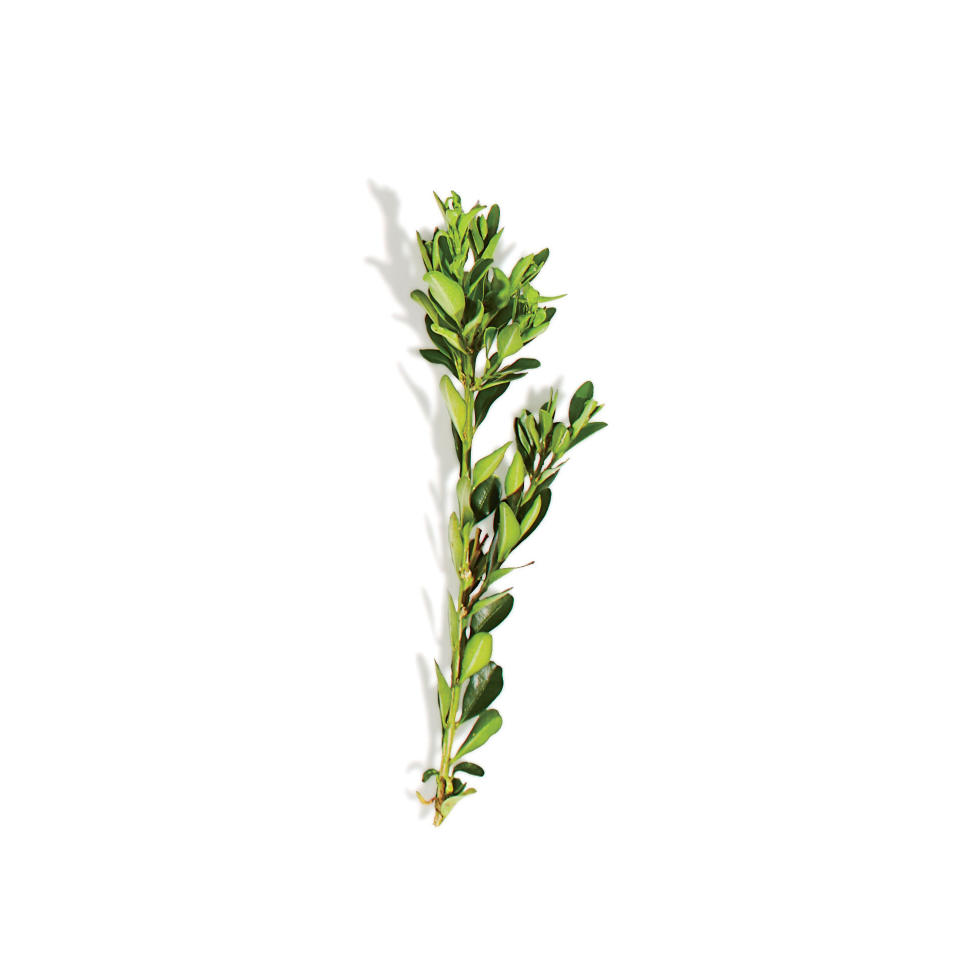
'Justin Brouwers' Dwarf Korean Boxwood
"My go-to boxwood selection is 'Justin Brouwers.' It's easy to maintain, hardy, and well suited for low hedges or borders that run along perennial beds." —Marley Fields Slutz of Memphis, Tennessee; fieldslandarch.com
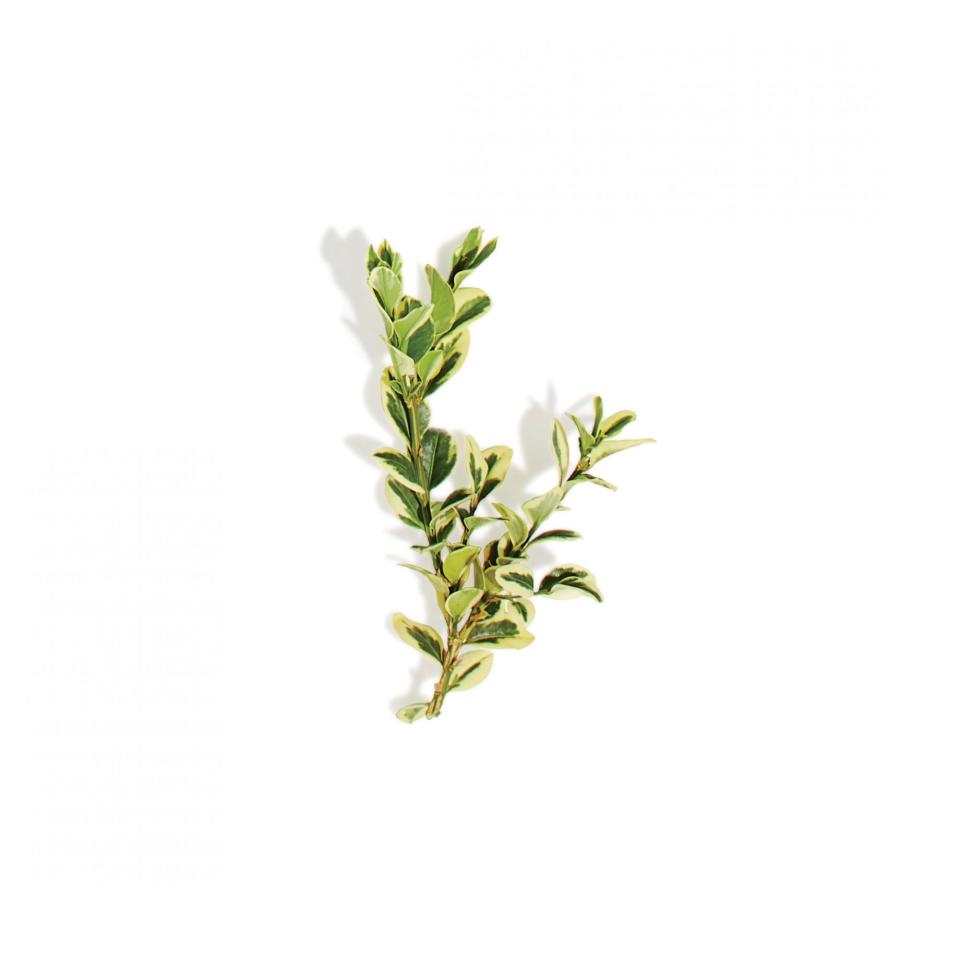
Variegated English Boxwood
"I like using variegated English boxwood as a punctuation point. It adds a happy pop to a sphere or topiary shape at the end of a hedge." —Cedar Baldridge of Houston, Texas; baldridgelandscape.com
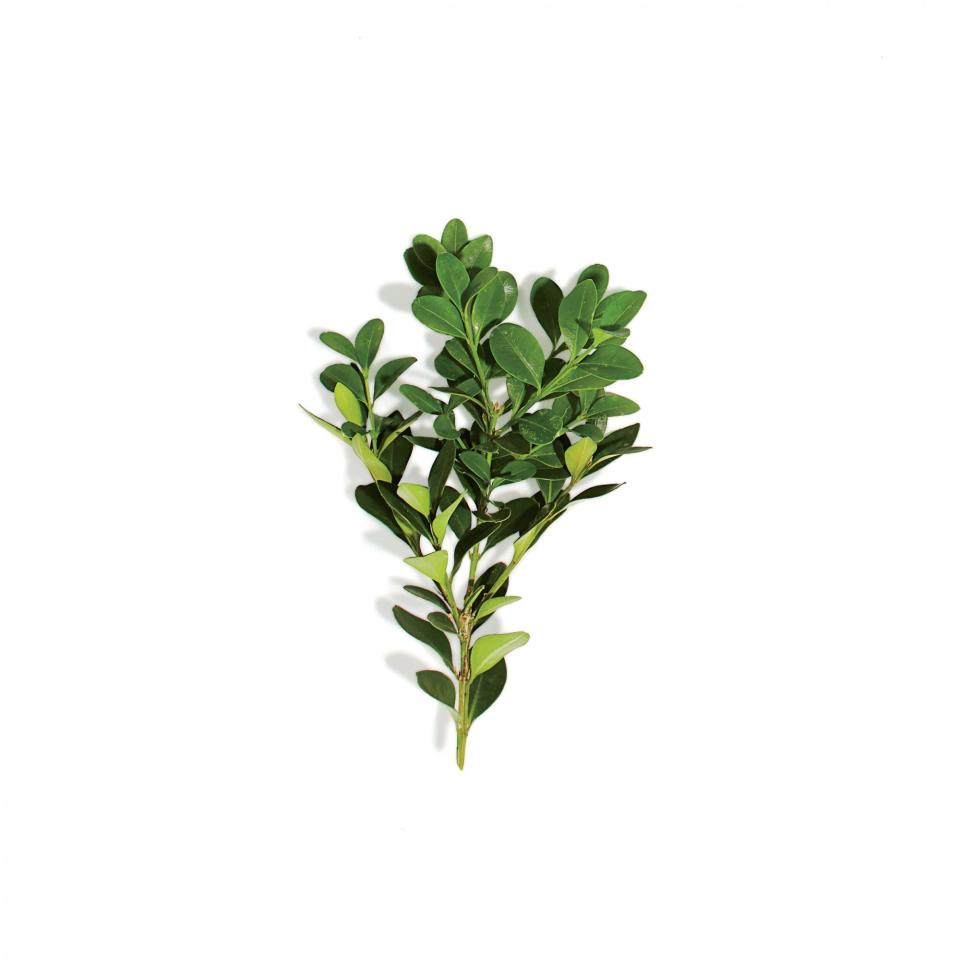
'Green Velvet' Boxwood
"An excellent hybrid, 'Green Velvet' combines several sought-after features of boxwoods. The glossy green leaves round nicely and hold up well through the winter and our humid summers." —Abraham Odrezin of Birmingham, Alabama
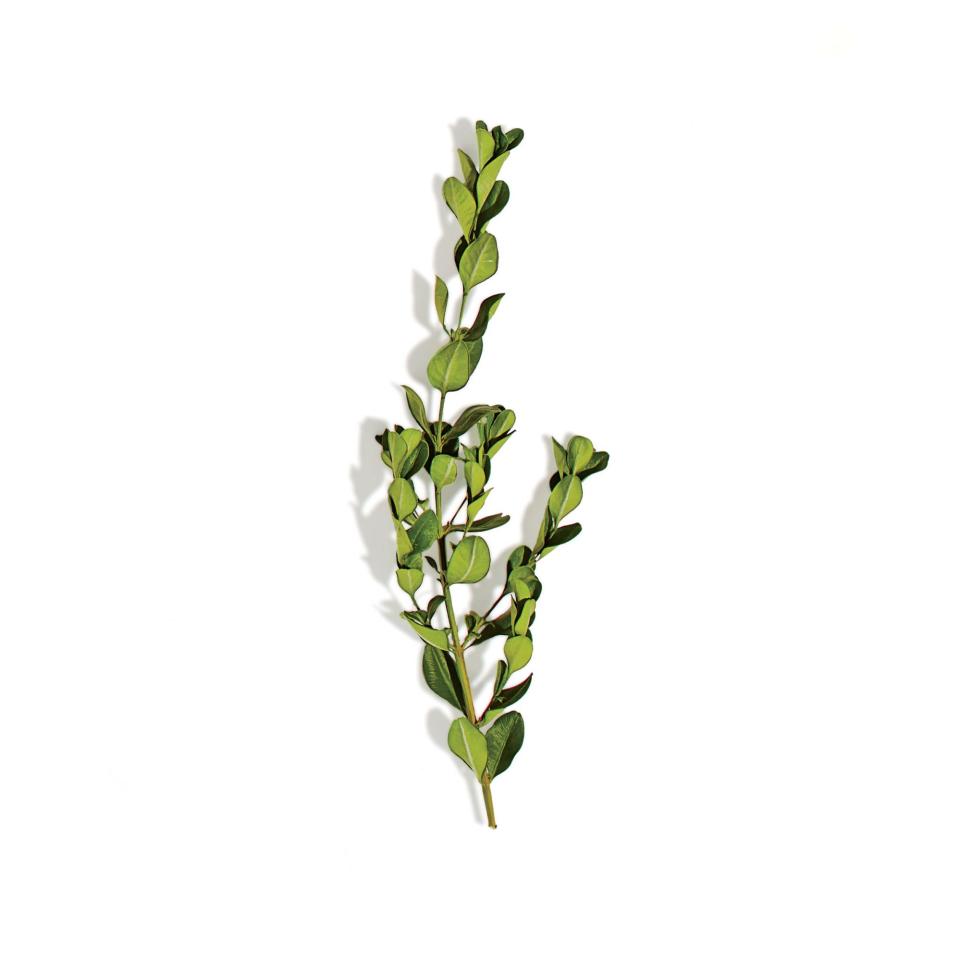
'Baby Gem' Boxwood
"With its dense foliage and small size, 'Baby Gem' is great for low hedges. It requires only one or two trimmings per year. Once established, it's also quite drought tolerant." —Troy Rhone of Birmingham, Alabama; troyrhone.com
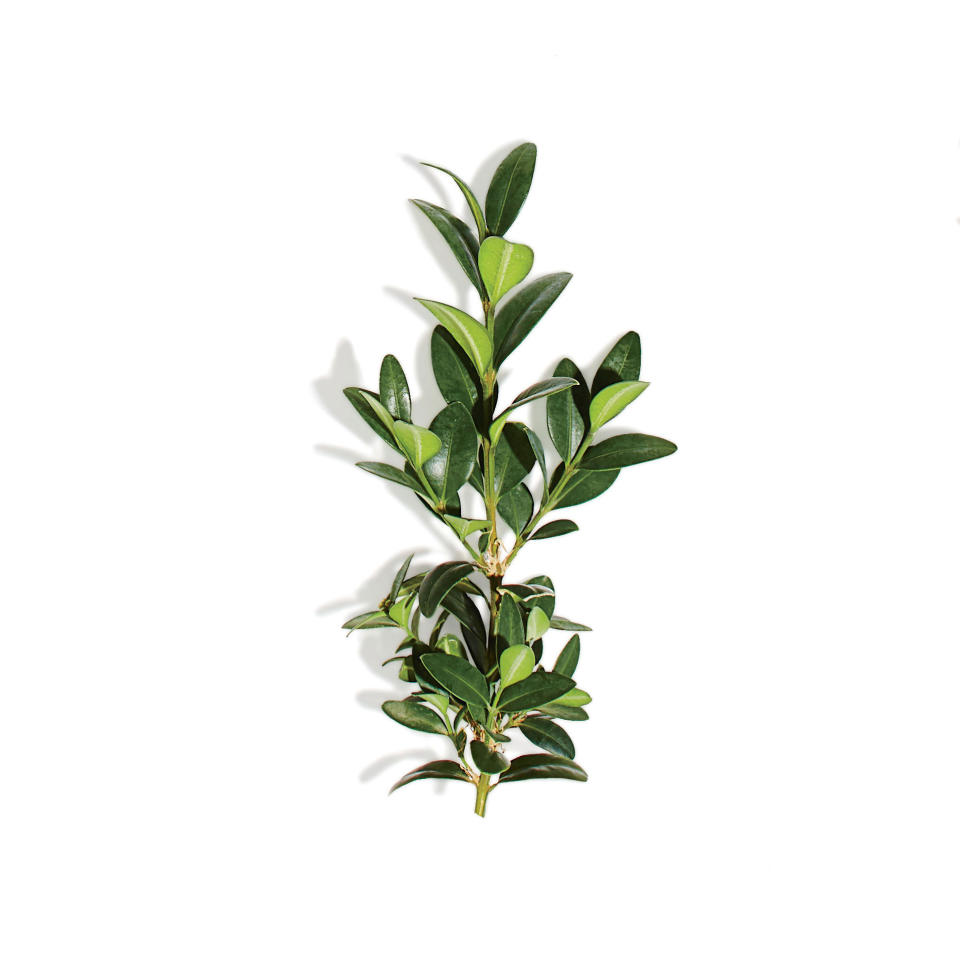
'Dee Runk' Boxwood
"Offering a unique upright, conical shape, 'Dee Runk' boxwoods are ideal for using as focal points on the corners of parterre gardens or to frame a walkway." —Bennett Saunders of Piney River, Virginia; saundersbrothers.com
"Boxwood is like the "little black dress" of plants. Every garden should have one," says Cedar Baldridge, a Houston landscape designer who includes them in all of her garden designs. And how could she not be a fan? The shrub's small, dense, evergreen leaves have a versatile and sculptural quality. They can be coaxed into decorative topiaries; shaped into tall, thick hedges that hide and protect; or used as low parterres that organize a garden. The boxwood has been a staple of fine gardens for millennia, spanning from the formal hedges of ancient Egypt to the palatial gardens of Greece and Rome to the tidy landscapes of Colonial Williamsburg. But it is no longer just for the ancient, the elite, or the green-thumbed. Though a nasty blight gave the shrub a bad rap, making gardeners nervous that they were sickly money pits, boxwoods are becoming hardier now thanks to an expanding pool of options. With 90 species and more than 365 selections, the choices are practically customizable to suit your needs. Once established, boxwoods can be relatively low maintenance. Pick your selection based on a few factors. Are you an impatient gardener? If so, try fast-growing types like 'Wintergreen,' which produces height quickly but needs regular pruning. If you're patient, a slow-growing selection like 'Morris Dwarf' requires less care but takes longer to reach its desired shape. Here's what else you need to know about these old-world beauties.